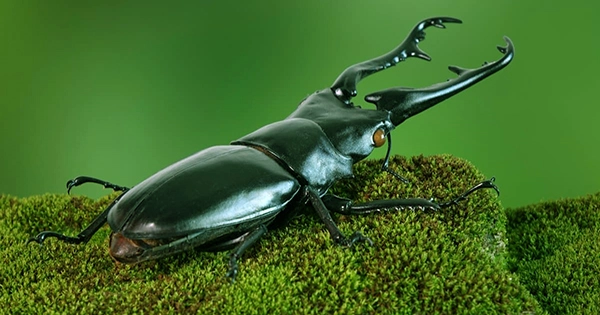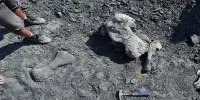According to biologist Kenneth Veland Halberg, beetles can live in environments where few other creatures can, such as deserts. And as far as I know, cockroaches still require liquids to survive.
Beetles have a unique capacity to draw water from the air through their back ends, which has long been known to scientists as the reason why they can live in exceedingly dry circumstances.
Now that Veland Halberg and coworkers from Copenhagen and Edinburgh have discovered how they do that, it may offer some useful ideas for coping with farm pests more effectively.
The Proceedings of the National Academy of Sciences (PNAS) journal this week released their results.
Every year, pests such as beetles and other insects destroy up to 20% of the world’s food stockpiles. They are challenging to control because they can live in extremely dry circumstances.
Understanding how to disrupt their hydration on a cellular level, according to Veland Halberg, an assistant professor of biology at the University of Copenhagen, could be the answer.

“Unfortunately, we have to control insect pests,” he explained. “And knowing about this mechanism and how important it is to their survival allows us to manipulate it so they can be killed.”
Unique rectal design: The red flour beetle’s interior workings, which are similar to those of many other beetle species, were examined by Veland Halberg and his coworkers to determine how they are sometimes able to live their entire lives without imbibing water but remain hydrated.
He claimed that the shape of the beetle’s butt holds the key to the puzzle.
The rectum of the beetle performs the same function as that of the majority of animals or insects, which is to take in any leftover nutrients and water from bodily debris before it is ejected.
But he claimed that beetles are superior at it than other kinds. Beetle excrement is consequently almost bone-dry.
“They just do it so efficiently that there’s no trace of water left, which is basically why they’re able to survive in extremely dry habitats,” said Veland Halberg.
Back-end hydration: The layout of the beetle’s internal systems plays a significant role in how they accomplish this.
He explained that in contrast to mammalian butts, a beetle’s kidneys are tightly attached to its rectum, and the complete structure is enclosed in a membrane known as the perinephric membrane.
The animal can produce extremely high sodium concentrations in its kidneys thanks to this entire system; yes, insects also have kidneys. And in essence, that moves water from areas of high abundance to areas of low content, he added. This implies that the beetle can essentially remove all the water from its excrement and recirculate it back into itself.
The insect can remove nearly all of the water from the food it consumes, including flour, which has a low water level of one to two percent.
It can also remove water from moist air — but not through the lips.
According to Veland Halberg, “it opens its rectum when the relative humidity of the water content of the atmosphere is quite high.” It has the capacity to receive that water, ingest it almost completely, and then recycle it back into itself.
The insect can also produce its own internal water through a process known as metabolic water production, which is basically your body absorbing water as sustenance is metabolized. Humans can also do this.
They simply perform the task more effectively. According to Veland Halberg, the beetle can also control how much of that water they shed, enabling them to “basically maintain water balance throughout their entire life.”
Interrupting the process: Veland Halberg says that now that he and his colleagues have worked out how the beetle absorbs all that water, scientists can now figure out how to disrupt the process, which could have major consequences for the agricultural sector.
“Because this mechanism we’ve described is beetle-specific, it opens up the possibility that we can design molecules that can fatally disrupt that mechanism, and we can then get a handle on controlling some of these undesirable beetle populations.”
This could enable people to manage pest populations without the use of pesticides, which are harmful to both humans and the ecosystem.
They are significant and destructive parasites of food warehouses. They are therefore extremely intriguing animals, but they are also present where we do not want them, according to Veland Halberg.
















